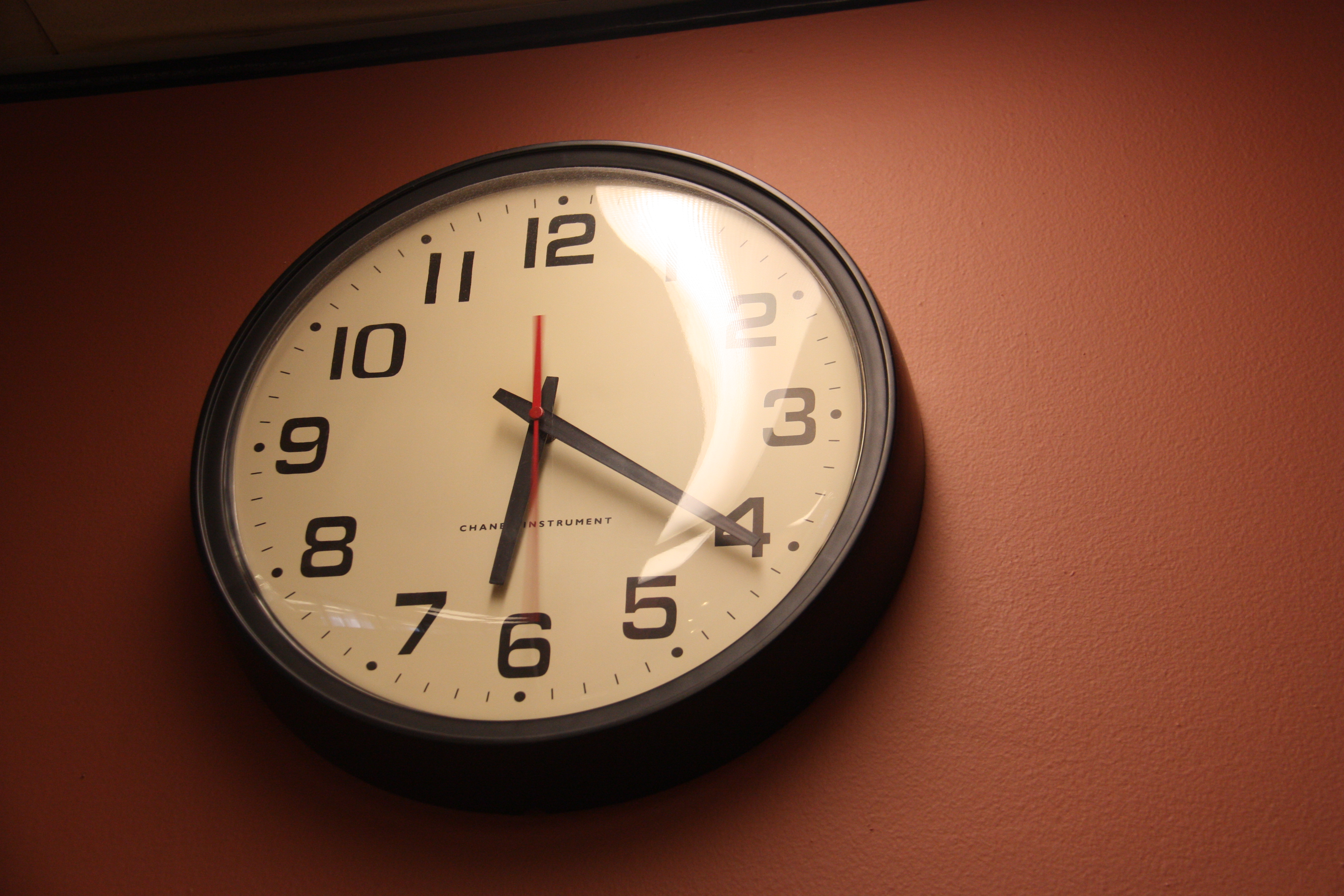
Perception of Time
I do not believe, or should I say, I do not think each of us experiences Time in the same way. Nor do I think the same individual experiences Time in the same way, all of the time. Really, I mean no pun but have to laugh nonetheless.
The standard of a human-made time-keeping device, a clock or a watch, serves as evidence that we each understand Time differently.
Having a standard enables each of us to calibrate our internal perceptions of time so that we may arrive at a particular point in space at the same time say, a meeting with a friend for coffee to discuss… learning how to flying. (Now, some of you may want to talk about Transition Training or a Flight Review, but let’s just keep it simple and get back to this device we have created to standardize our use of Time – the Clock. )
Our internal calibration is wonky, as evidenced by the fact that we must reference the time-keeping device often if our own internal Time-Keeping Cells happen to have their own Standard.
Research into Time
Current research has uncovered or shed light on (#pun) activity in the mouse brain under a particular circumstance.
Mice were trained to receive a reward if they stopped and waited 6 seconds, while on a treadmill and in front of a virtual door (or “stop”).
So imagine this: (The mouse on a treadmill is the easy part.) Mice on treadmills on a virtual course established by video screen, happen upon a closed virtual door. If the mouse stops and waits exactly 6 seconds, the door “opens” and the mouse treadmills on to receive their just reward.
Anything else that the mouse does results in the virtual course returning the mouse to the beginning. This is like a bad version of the movie, Groundhog Day.
The Bottom Line
Time- and space-encoding neurons were preferentially active during immobile and locomotion periods, respectively, were anatomically clustered with respect to each other, and preferentially encoded the same variable across tasks or environments.
James G. Heys and Daniel A Dombeck
If you like the song and music, Judy Collin’s version is heavenly.
References
Read the Research Paper Publication: Evidence for a subcircuit in medial entorhinal cortex representing elapsed time during immobility. Heys JG, Dombeck DA. Nat Neurosci.2018 Nov;21(11):1574-1582. doi: 10.1038/s41593-018-0252-8. Epub 2018 Oct 22. PMID: 30349104.

